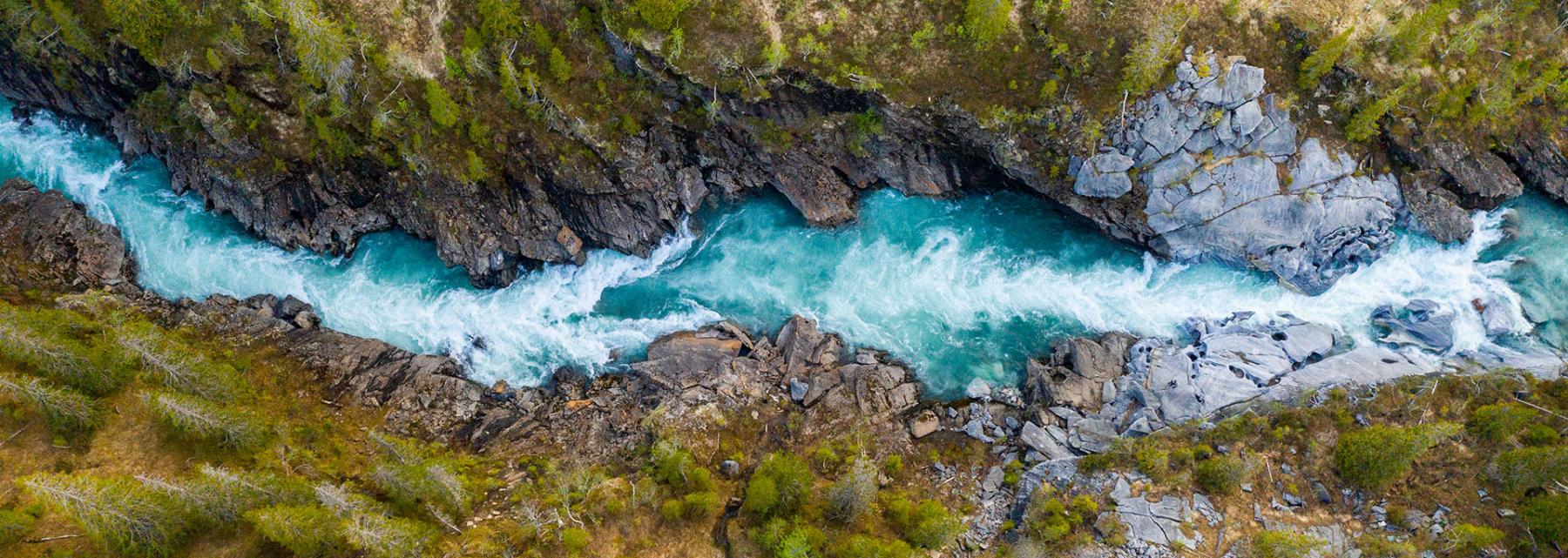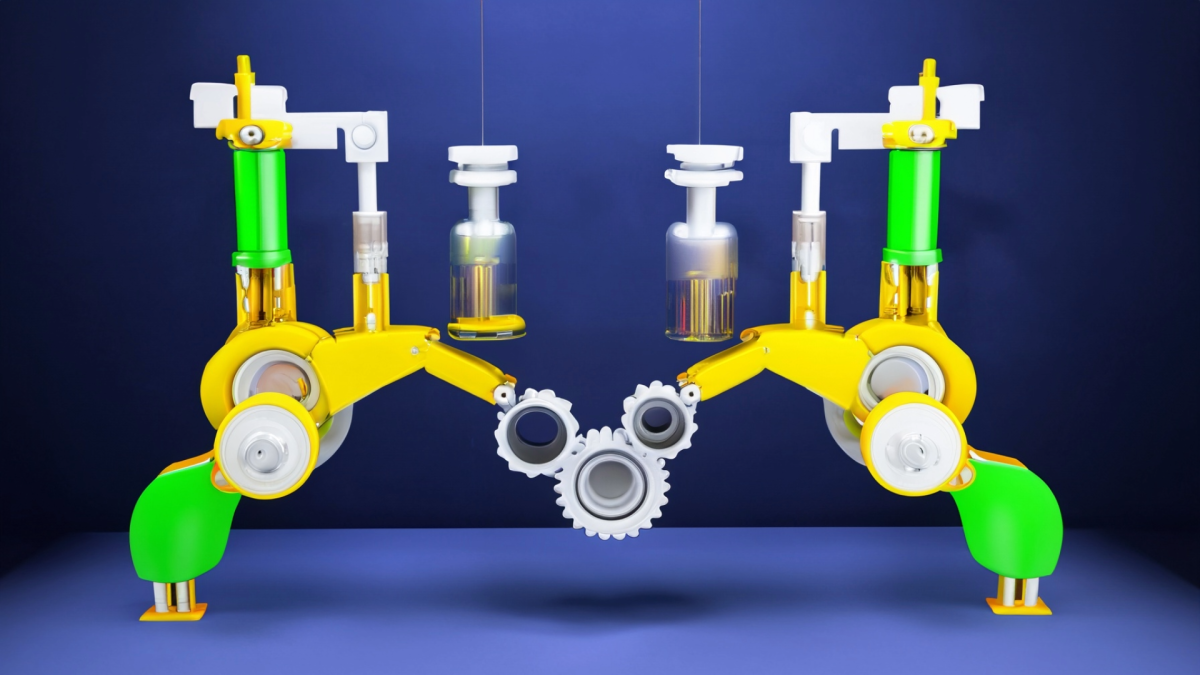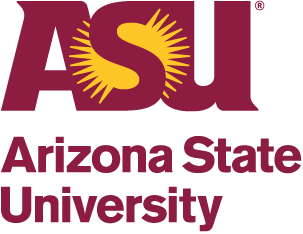
Oil and Water Don’t Mix: Engineering a Solution to Clean Up an Oil Spill
Students will construct a model of an ocean habitat to simulate an oil spill. They will then make observations about the behavior of the oil in the water and on the various items in the habitat model. They will use their observations to test out different materials to clean up the oil and put multiple materials together to clean up the oil in the habitat model. This unit includes four lessons with an accommodation for two lessons of time does not permit.
Lesson Grade Level
6th GradeLesson Plan Link/URL
https://docs.google.com/presentation/d/1eSPA_doXq6yeOd_nZlE2zZPhm4Y0Imnv/edit?u…Subject Area
Science Life Science L2: Organisms & Energy Technology 3. Knowledge Constructor 5. Computational Thinker 6. Creative Communicator Engineering S2: Apply the Engineering Design Process S3: Apply Mathematics to Engineering S4: Apply Science to Engineering S5: Apply Technology to Engineering S6: Apply Communications to Engineering S7: Apply Project Management to Engineering English Language Arts (ELA) Reading (Informational Text) Writing Speaking & ListeningRelated Content

This lesson is part 1 of 2. This lesson is set up to have students explore the friction bridge designed by Leonardo Da Vinci. Students first discover the inventor and become familiar with his life

Ballooning Spider Phenomenon
Lesson Description: In this first-grade lesson, we will learn about the amazing world of spiders! We'll start by exploring the life cycle of a spider, from when it hatches to how it grows and changes


